As we continue to try to create a healthier planet, a lot of consumers don’t actually realize how much of a vital role the roofing materials used on their home or business can impact the environment. A variety of popular roofing products on the market today are much better and more sustainable than materials that were more sought after in previous years.
What many may not be aware of is that sustainable roofing materials actually last longer than standard products. They are also great because they can be recycled once they need replacing and are produced using environmental-friendly materials. We have pulled together six of the most popular eco-friendly roofing trends that will help your roofing company go green.
1. EPDM
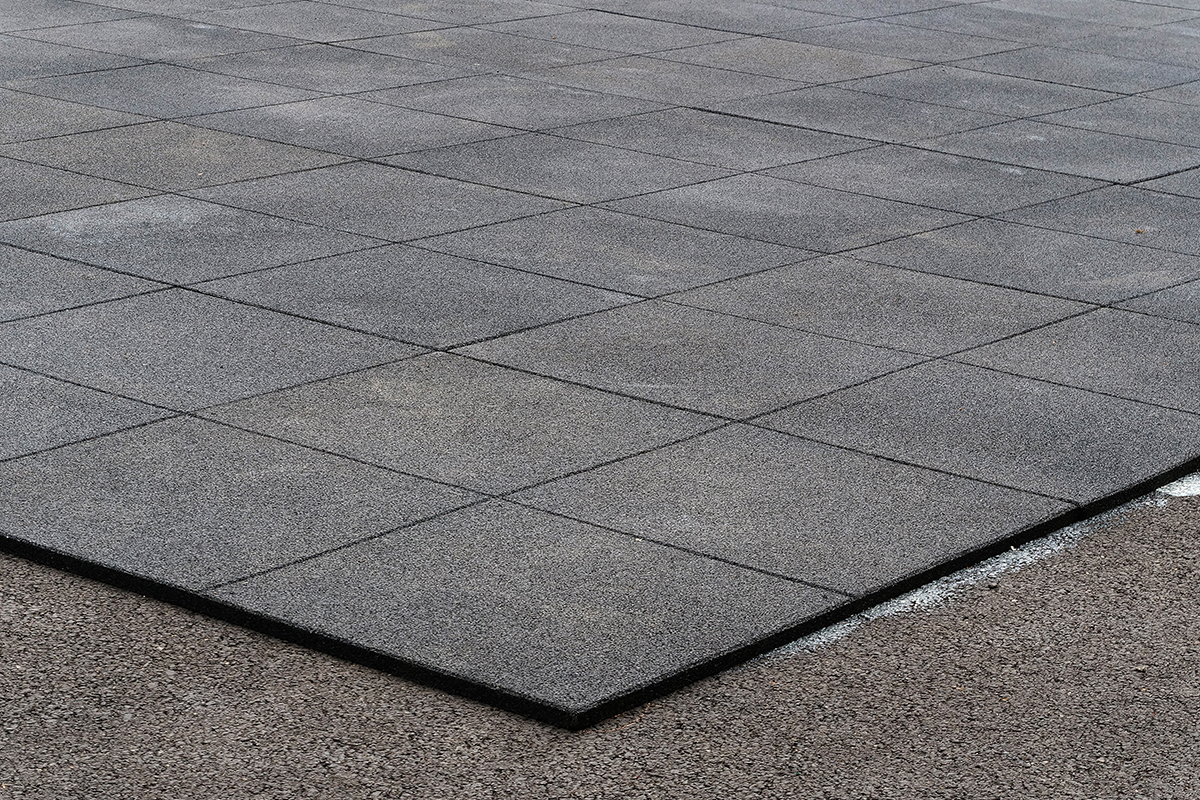
EPDM, short for ethylene propylene diene monomer, is a synthetic rubber derived from oil and natural gas. This material is considered to be the most common roofing material for homes and commercial buildings with flat roofs.
EPDM is often marketed as a “sustainable” roofing option due to its darker pigment. Its color absorbs heat and leads to reduced energy during colder months. However, during the winter, the roof does have to remain clear of snow to be able to get the full benefits. EPDM roofing is also recyclable and is known to last up to 15 years (time frame depends on climate, installation, routine maintenance and various other factors).
2. Asphalt roofing
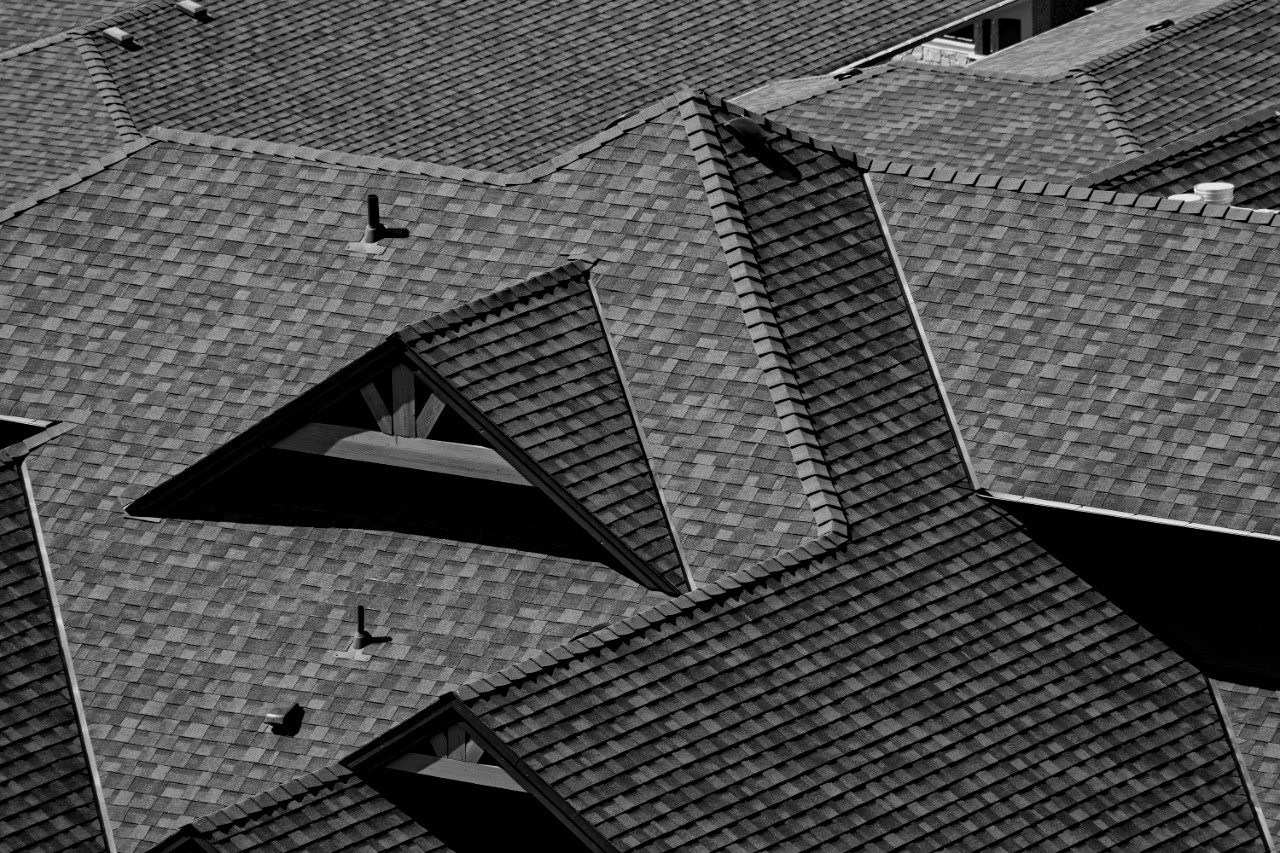
Asphalt shingles are the most popular types of roofing available. This particular roofing material is usually the go-to option among homeowners because of its low upfront cost and easy installation. Many asphalt roofs only have an estimated lifetime of roughly 20 years and homeowners will most likely have to invest in a new roof at least 2 to 3 times during the home’s lifetime.
Even though asphalt shingles are recyclable, the EPA reported that 17% of construction waste to landfills stemmed from these specific roofing materials. It’s important to implement a procedure to ensure that these products are properly recycled after removal.
3. Terracotta tiles
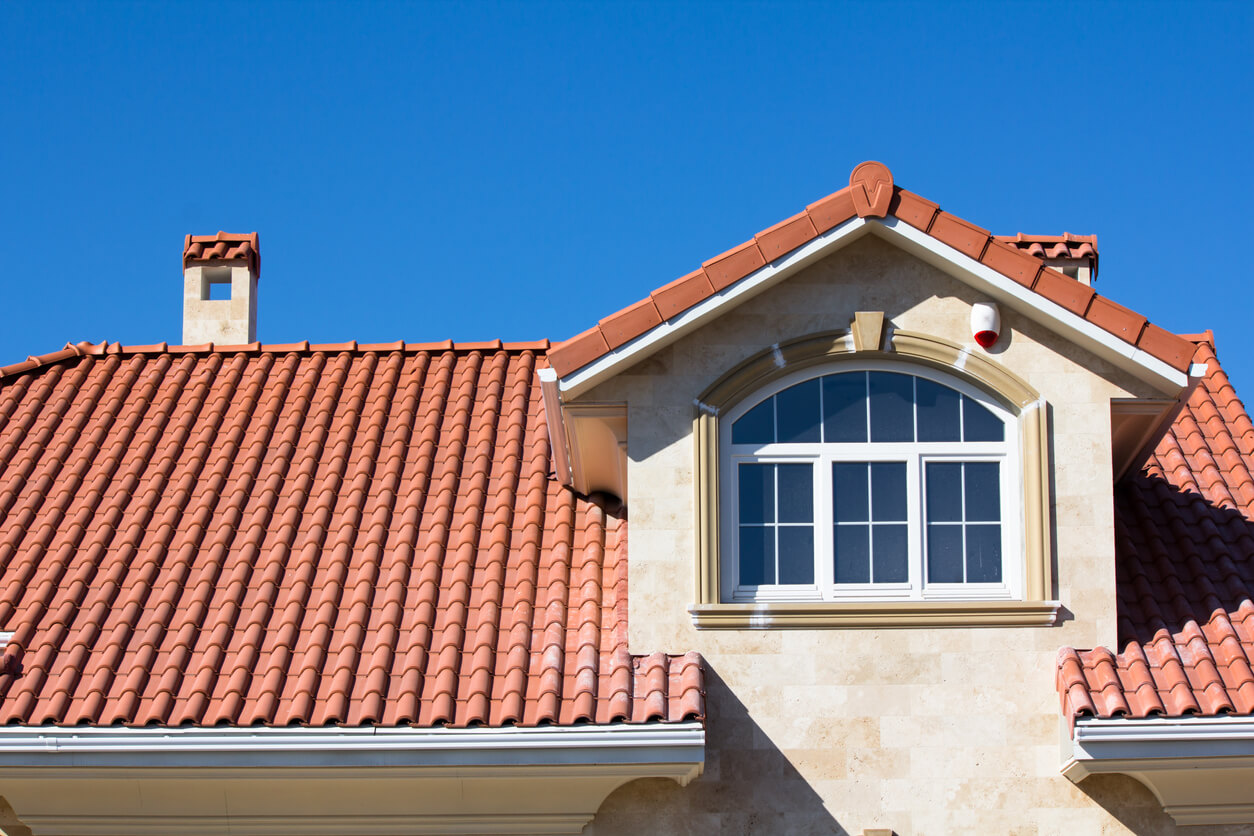
Terracotta roofing tiles are a natural roofing option that has been around for centuries and are derived from clay—a renewable resource. Manufactured locally, terracotta tiles are incredibly durable and can last at least 50 years (as long as they are properly cared for).
Because it is a very long-lasting material, it is a little more expensive upfront than other options. While that may be a small drawback, remind your customers of the money they will save in the long run. These tiles do not warp or deteriorate in any way and are one of the most insulating roofing products available.
4. Cool roofs
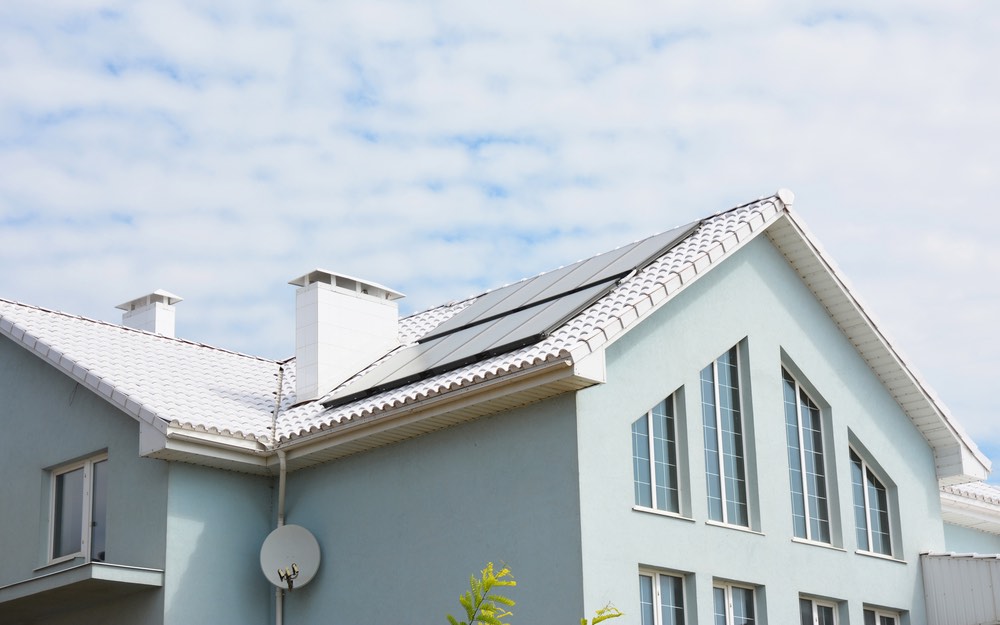
Cool roofs are another type of energy-saving material. Unlike EPDM, cool roofs actually reduce the amount of heat absorbed into the home. One of the best things about cool roofs is that they can be created using a variety of materials. They are most commonly produced from highly reflective paints, sheet coverings or reflective tiles/shingles.
These types of roofing materials are most popular in warmer climates like Arizona. Homeowners and business owners who have these roofs installed see lower energy bills.
5. Solar roofs
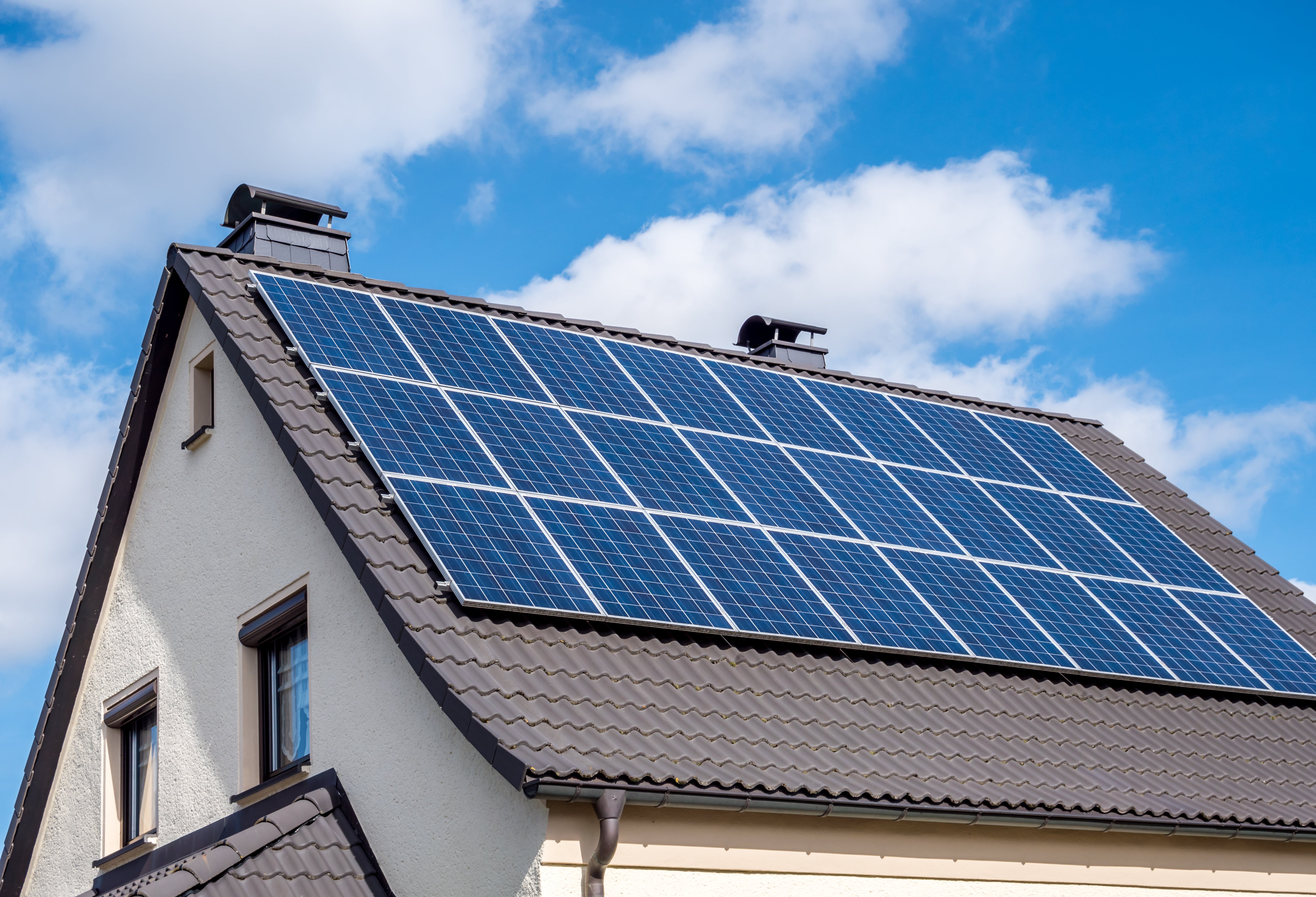
Solar roofs are one of the few options that are not only environmentally friendly, but they are actually popular in terms of style. Solar roofs maintain a sleek, traditional aesthetic that is appearing to homeowners and business owners alike.
Using solar photovoltaic technology, solar shingles and tiles are more durable than typical roofing materials and are often considered a lifetime investment. This option has been a favorite among green roofers and solar companies. Installation is quite easy for contractors as well.
6. Metal roofing

Metal roofing is a type of roofing that is incredibly popular throughout the United States, particularly within the residential roofing industry. This roofing product is well known for its durability and its long lifespan. But it is also beneficial to the environment thanks to having a high energy rating, reducing energy consumption.
While sustainable roofing materials are a major part of constructing an environmentally friendly home or commercial building, there are plenty of other ways your roofing business can help keep our planet healthy. With Jobba, all customer data, estimates, and billing records are kept in electronic job files. This way you are reducing the use of paper and other materials that may end up in a landfill. Learn more by visiting www.jobba.com!

